The first teaser for Halloween Ends teased John Wick-style hand-to-hand combat between Laurie Strode and Michael Myers, but who knows what the final result will be? Nick Castle, speaking at a fan convention, teased a definitive ending for the Halloween series. “I think there might be more because of all the success of [this trilogy], but [David Gordon Green] will have a very surprising storyline, an ending for everyone. It’s absolutely something I don’t think you would have ever guessed in terms of the way it’s going to unroll.” Moviegoers know that a studio will never kill Michael Myers permanently – there’s too much money in reboots and retcons. But if No Time to Die could kill James Bond, maybe Michael Myers will lay to rest once Halloween night ends.
When the announcement came that Danny McBride and David Gordon Green were going to be working on a Blumhouse production of Halloween, fans understandably felt an excitement tempered with trepidation. Would this be a reboot? Would it continue on from the, by this point, beleaguered mythology of the original series? Quickly we found out that Halloween (2018) would function as a direct sequel to John Carpenter’s original film. In doing so, the creative team wiped out Michael’s previous backstories as Laurie’s older brother and a Golem for a Druid cult. Michael Myers was once again the unknowable fear that made the first film a classic.
Overstated is the value of mythos in the Halloween series. When films delve into explaining who Michael Myers is, the less effective he becomes. What makes Michael terrifying is the same reason that Rob Zombie’s films didn’t work. As soon we saw how Michael progressed from wounded youth to a nihilistic monster, the mystery and terror dissipated.
Often, the suburbs are the backdrops in horror films because they instill security in audiences. Then, filmmakers like John Carpenter and Wes Craven rip that security blanket away. People left cities for their tidy suburban homes in hopes of avoiding crime. Crime is inherent to where people gather, and a gated community is no different. The Michael Myers of John Carpenter’s film could fit in anywhere, resembling the anonymity of murderers everywhere. That was the stark, simplistic beauty of Halloween. Evil exists, and it needs no motivation to commit heinous acts. Thanks to David Gordon Green’s camera lurking in the peripherals, just off-screen, waiting to strike. Michael is most effective as a stalker and Green and company understand this. Consequently, Halloween (2018) did very well, earning praise from critics and a box-office take of more than $250 million.
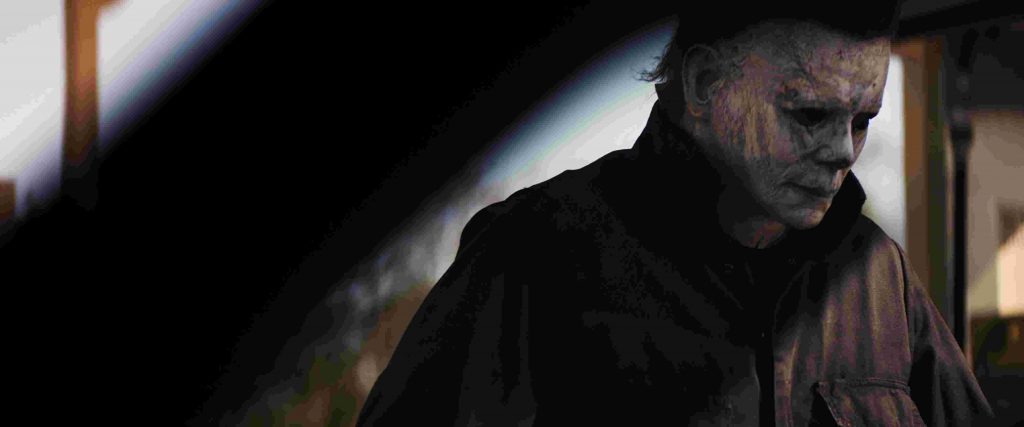
The killings Michael commits are neither fun nor entertaining. Tense encounters with Michael would be warped later by the antics of Freddy Krueger and Jason Voorhees. In those series, kills became the highlight, usually marked by a petty insult by Freddy or the sheer physical impossibility of how the murder happened (Jason). They were fashionable serial killers who audiences cheered when they dispatched teenagers whose morality did not meet their own. They are contemporaries of Michael Myers, but they rarely approached the terror that Myers strikes.
Even Myers’ nickname, The Shape, inspires an elemental horror. And that’s what made Myers most effective. The pure fear of a silent stalker, who had been in a room with you the whole time, strikes violently and kills you; a metaphor for death itself. Giving death a motive drains it of mystery. The unknowable is infinitely more unsettling than what we do know. Halloween (2018) had to dump all the extra background about Michael to get back to basics.
Halloween Kills, delayed a year by COVID, earned a more divisive reception than its predecessor. The reason behind that lies in significantly upping the body count of Kills, while also turning the heavy emotional toll of Laurie’s PTSD into sledgehammer commentary.
While the 2021 sequel didn’t go as far as other movies in explaining why Michael Myers is the way he is, it did make him more sadistic and superhuman. The Michael of 2018 struck brutally and quickly, but he never emptied an entire butcher block into a man for fun. He also didn’t survive what should have been several finishing blows. Now, I know what you are thinking. Why is the mob scene more unrealistic than Dr. Loomis emptying a revolver into Michael? One, we don’t know that Loomis hit Michael with all those shots, two, he was a much younger man then. Being stabbed, shot, and set on fire in your late sixties and early seventies take a heavy toll. Halloween Kills felt uncomfortably close to entries from the 90s where he was invincible. A move that made the gritty realism elsewhere in the film off-putting.
Halloween (2018) painted a sympathetic portrait of Laurie’s experience from the first film and how it carried through her attempts to have a normal life. Expecting a monster around every corner and conditioning children for survival instead of nurture has consequences, and Laurie alienates everyone around her. A subplot copied less successfully elsewhere *cough* 2022’s The Texas Chainsaw Massacre *cough*. The added catharsis of Laurie’s scarred survivor getting revenge against Michael was why many critics/moviegoers spoke highly of the revival.
Kills leaned quite heavily into nihilism, however. Despite Laurie’s success, Tommy Doyle (Anthony Michael Hall) and his posse found over and over that their revenge fantasies wouldn’t go as hoped. Toward the end of Halloween Kills, the characters did not muster up any will to fight, and Michael ran through almost all of them. The cruel irony of the sequel is that the passage of time has not prepared them to fend off Michael: it only gave him a chance to finish them off.
Laurie’s daughter, Karen (Judy Greer), delivers (what we think is) the killing blow with a butcher knife into his back. But even when surrounded by a dozen armed residents, then beaten, shot, and stabbed, Michael comes out the victor. “I always thought Michael Myers was flesh and blood like you and me. But a mortal man could not have survived what he’s lived through. The more he kills, the more he transcends,” Laurie explains from her hospital bed.
Let’s say that the setbacks in Kills are the result of flaws within the trilogy structural. In order to fully maximize profits they added a second entry that only delayed the inevitable. A reason to keep Michael upright so Blumhouse could make a little more money before releasing Halloween Ends. I hope that Michael remains the boogeyman, not an unstoppable killing force burgeoning on the supernatural. The commentary offered on Laurie’s trauma only amounts to something in a world where Michael can die. Otherwise, this revival trilogy is just perverse cruelty.
To bring enthusiasm back for the trilogy capper, Green and co. have one option: kill Michael. The title says it all, Halloween Ends implies that Michael will die. The final girl and her monster represent the duality of life and death. Women give birth, and accordingly, life, whereas the men hunting them can only take it. Until Laurie kills Michael Myers, she can never feel whole. Three generations of Strode women stand at only two. It’s still unclear if Michael chased Laurie, or if he was led to her, but how Green chooses to end his Halloween film will tell us everything. Either the commentary on PTSD and trauma was just for show, or Haddonfield’s bond through suffering can be redeemed. Fans can only hope a Strode will be left standing at the end of this.
Whether Laurie emerges a final girl again or her granddaughter Allyson (Andi Matichak) takes rightful vengeance after her mother’s death, “evil dies tonight.”
Halloween Ends opens in theatres October 14.

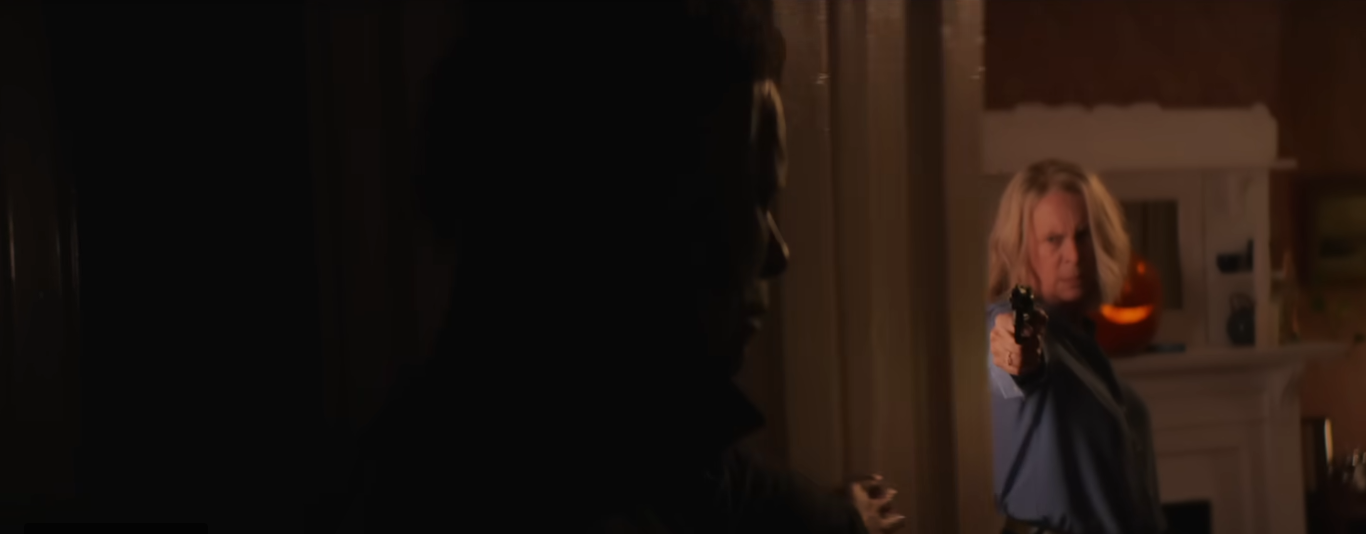
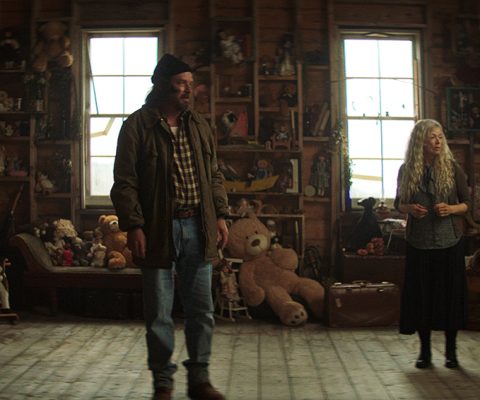
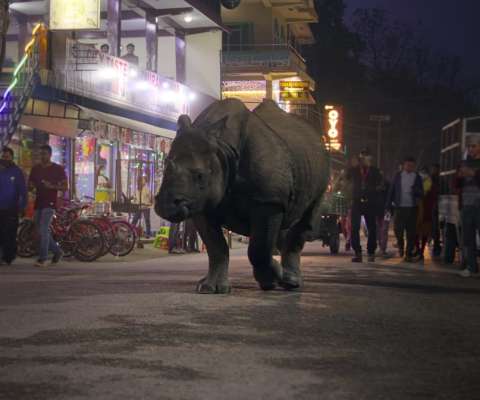
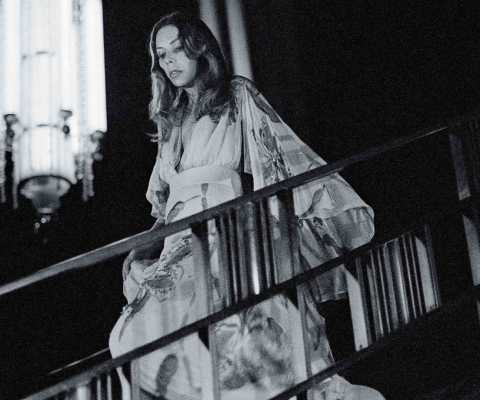

Comments